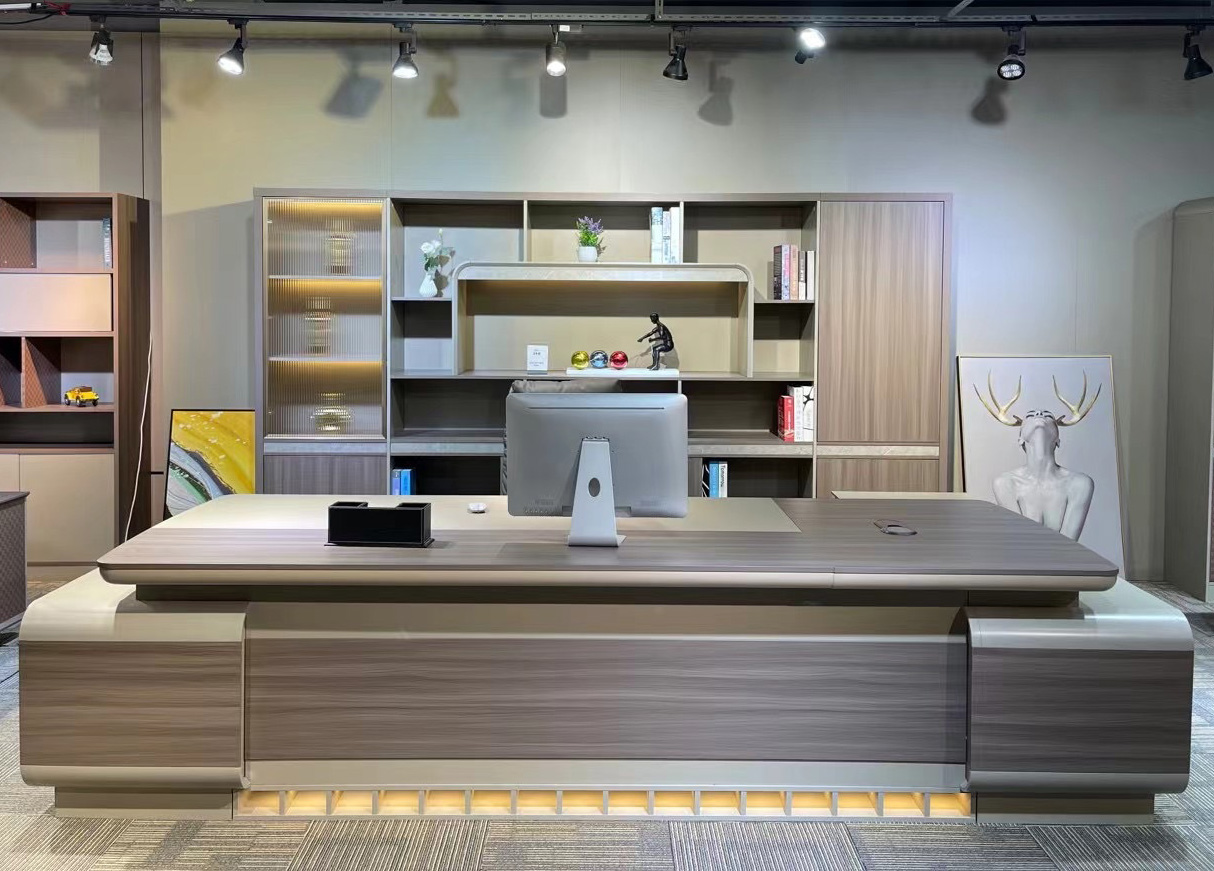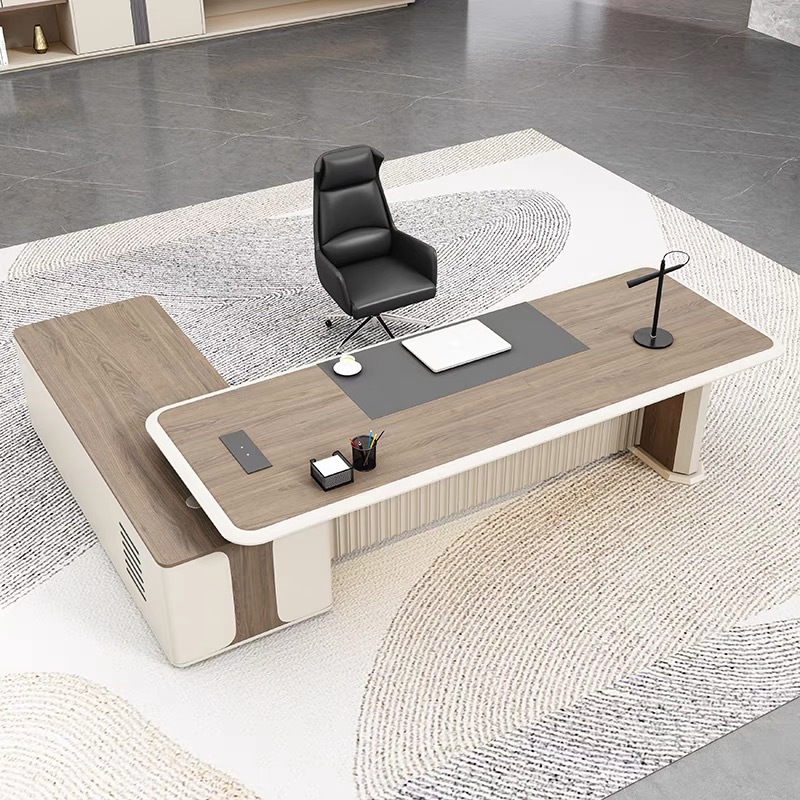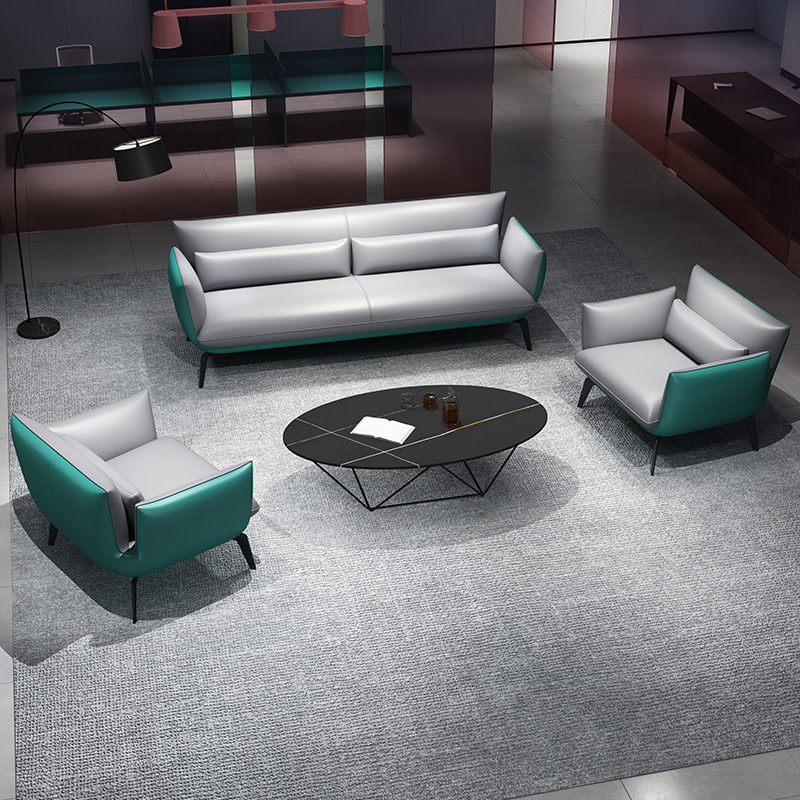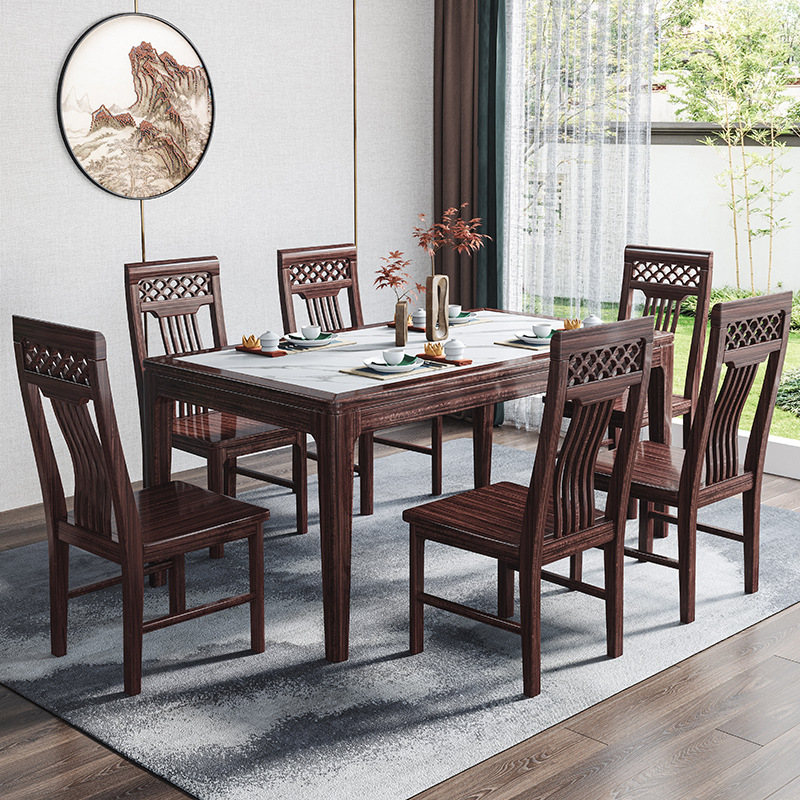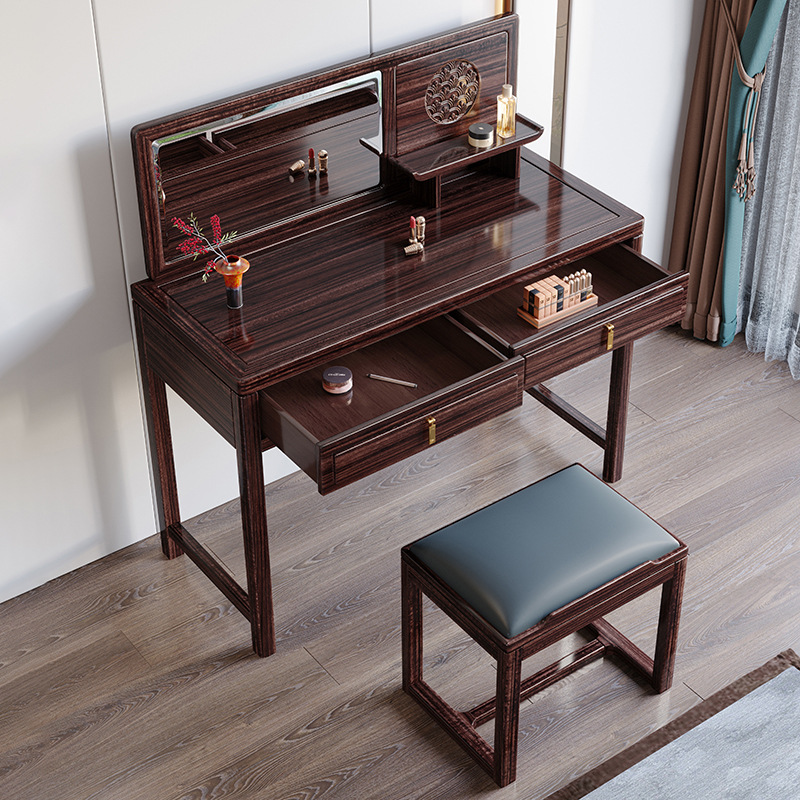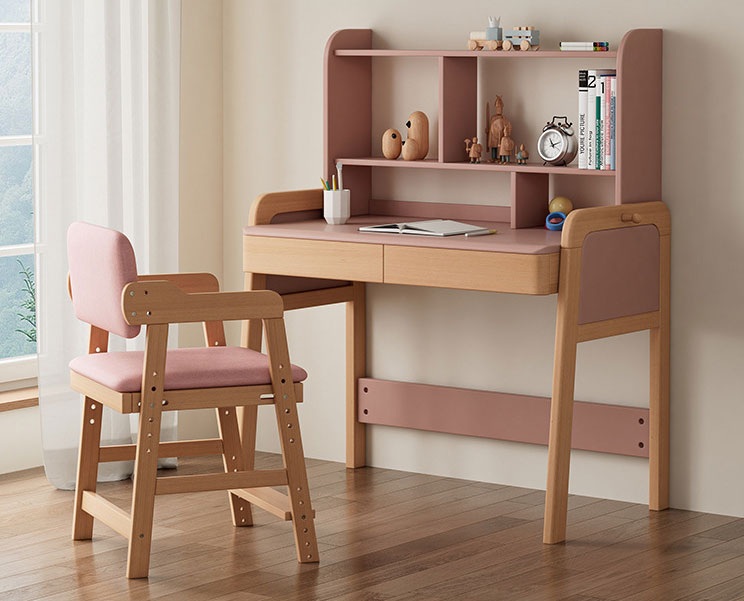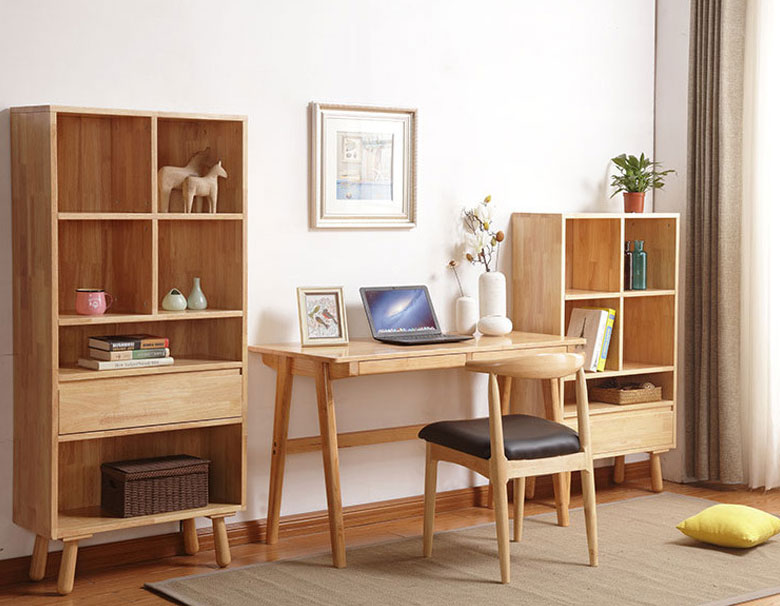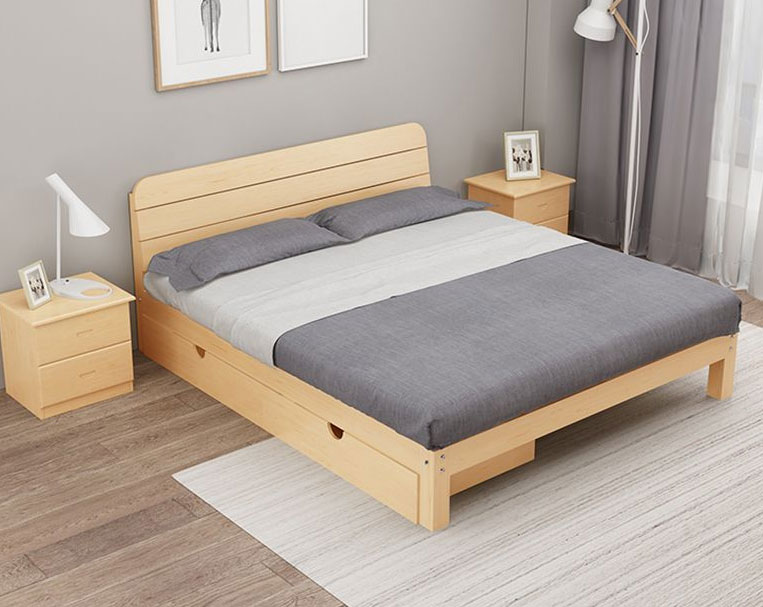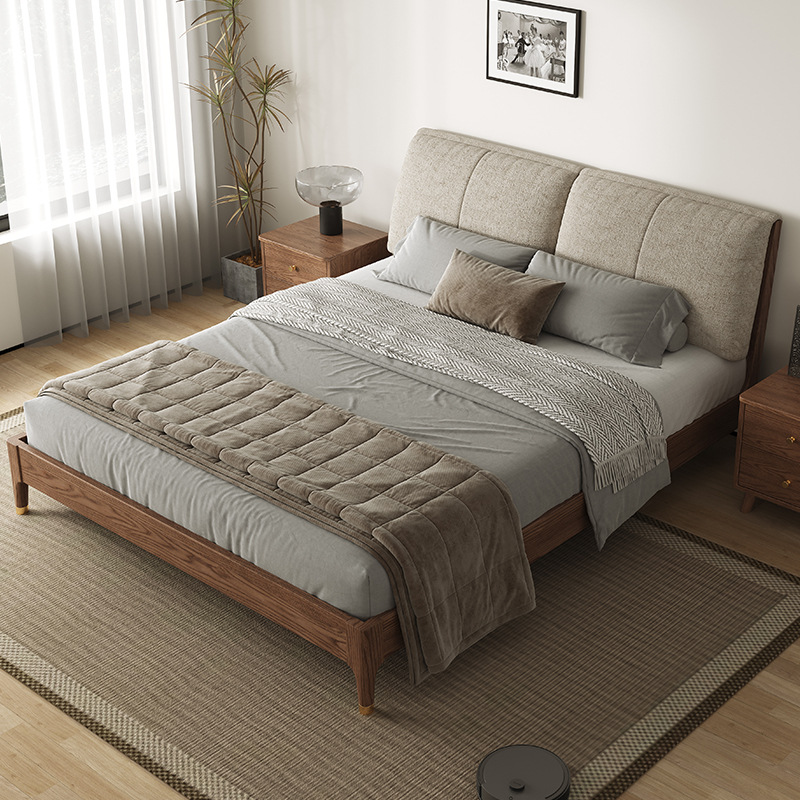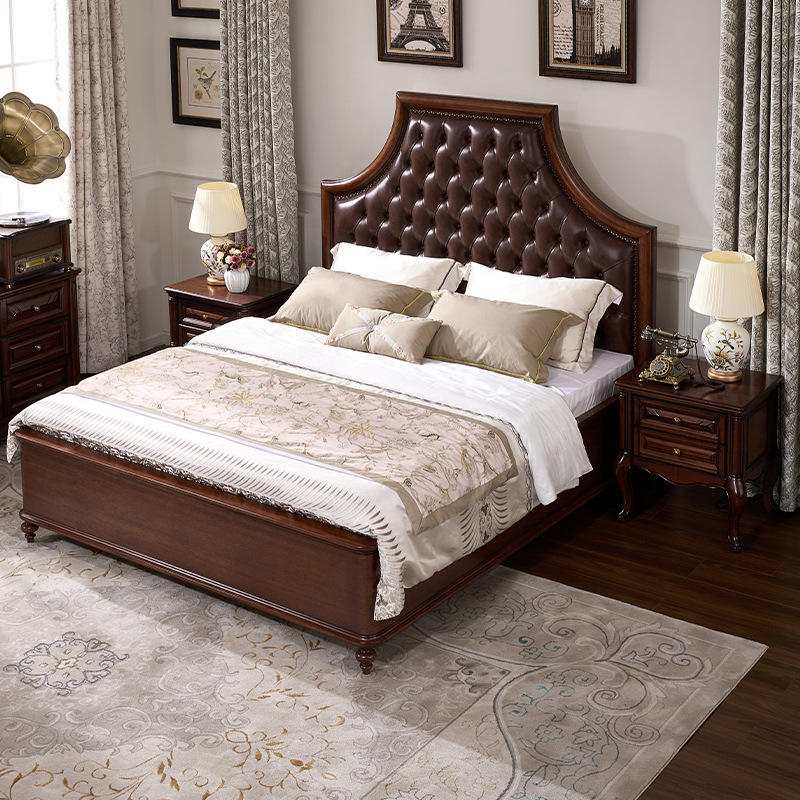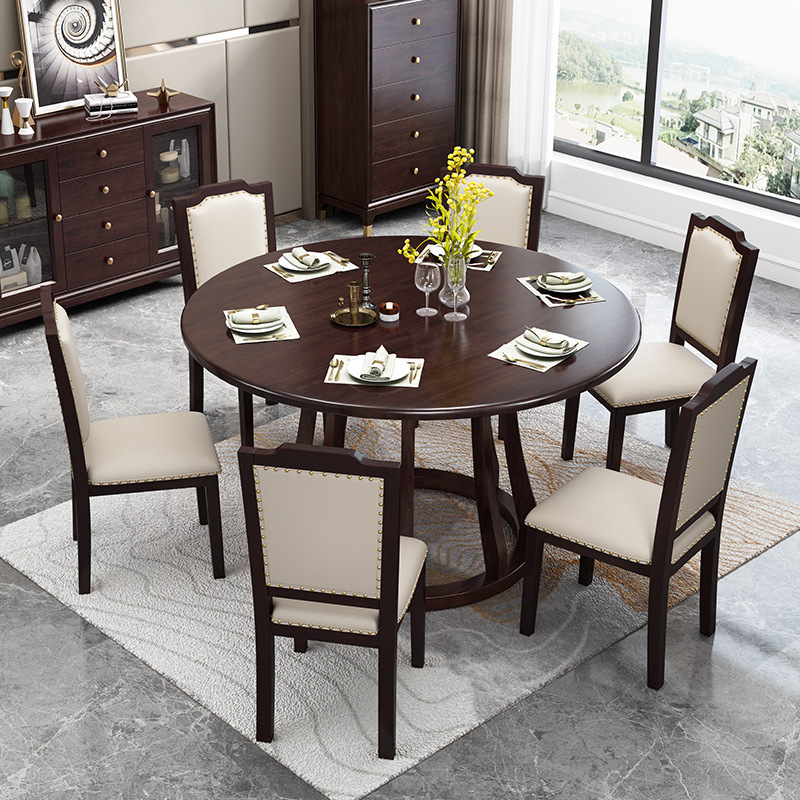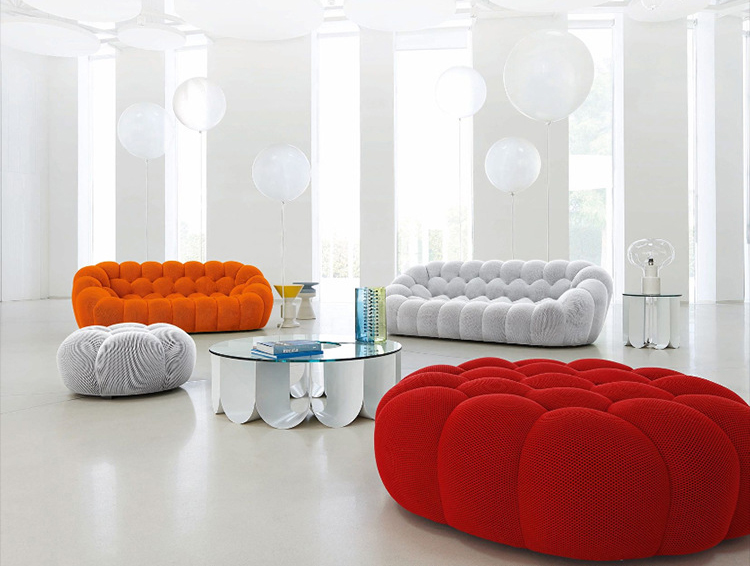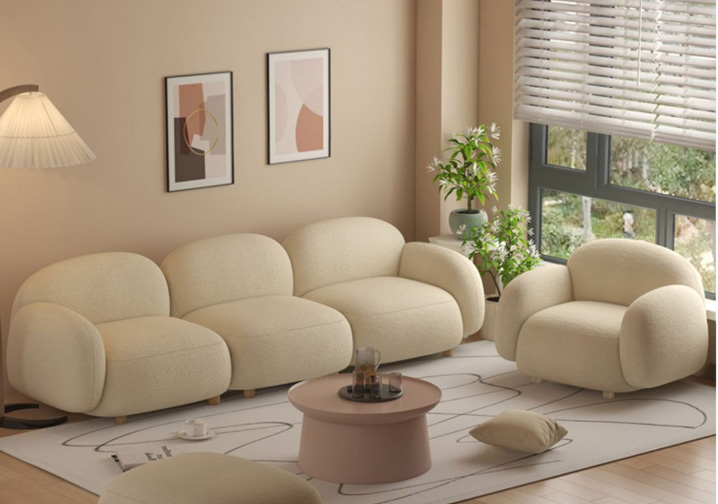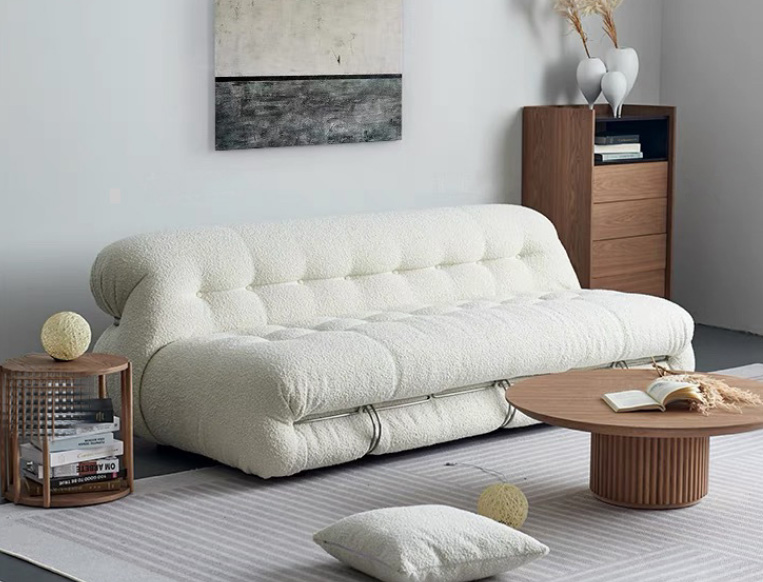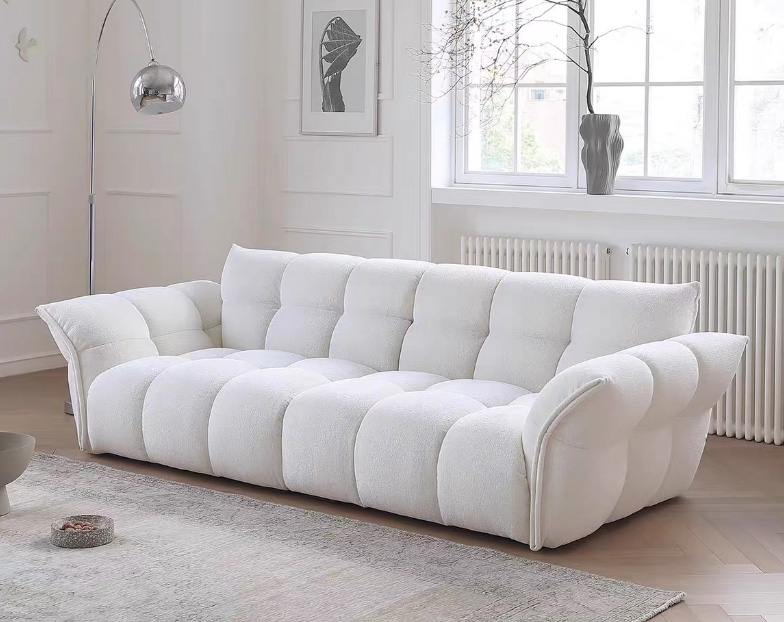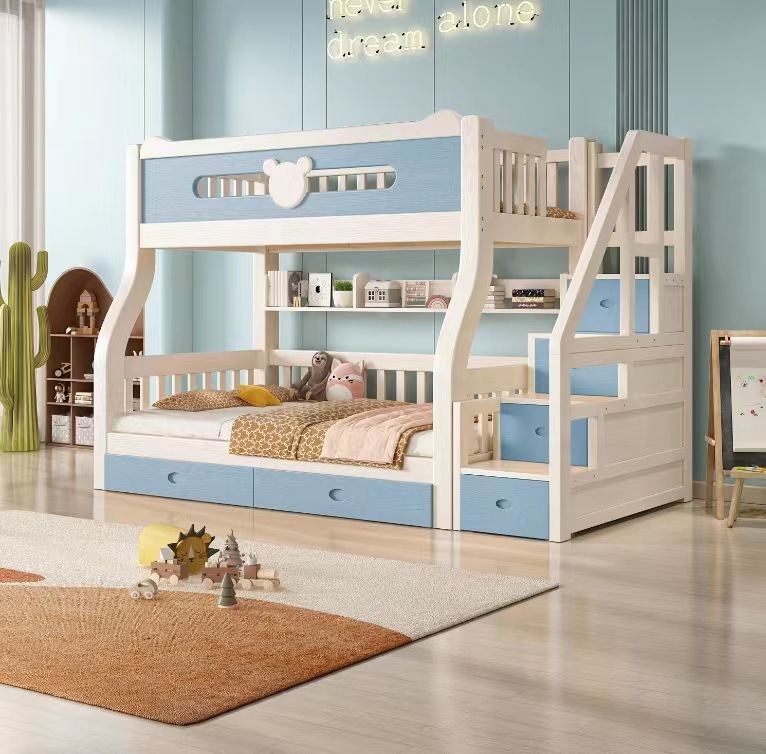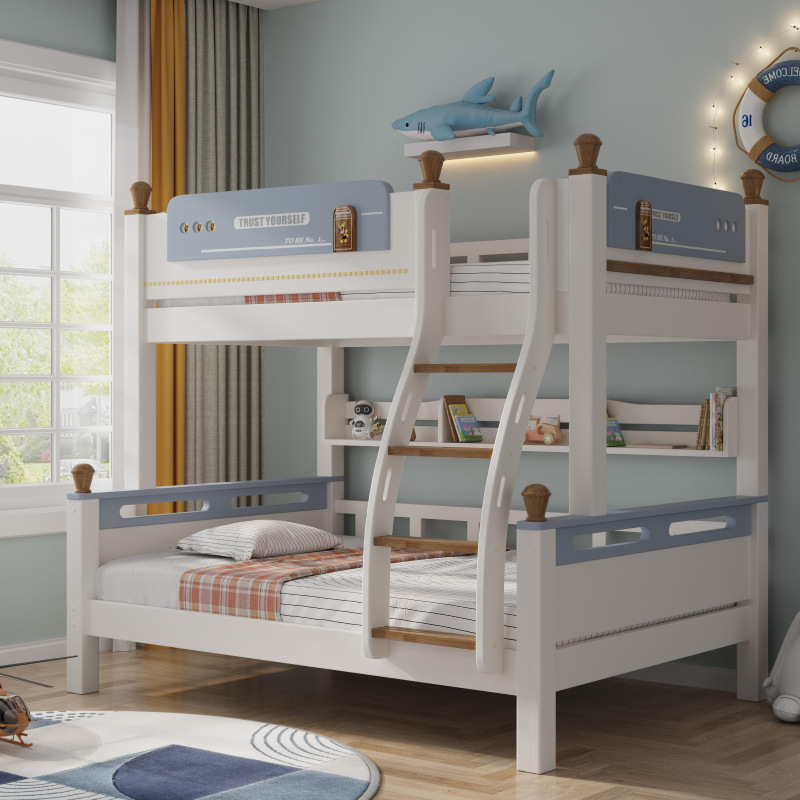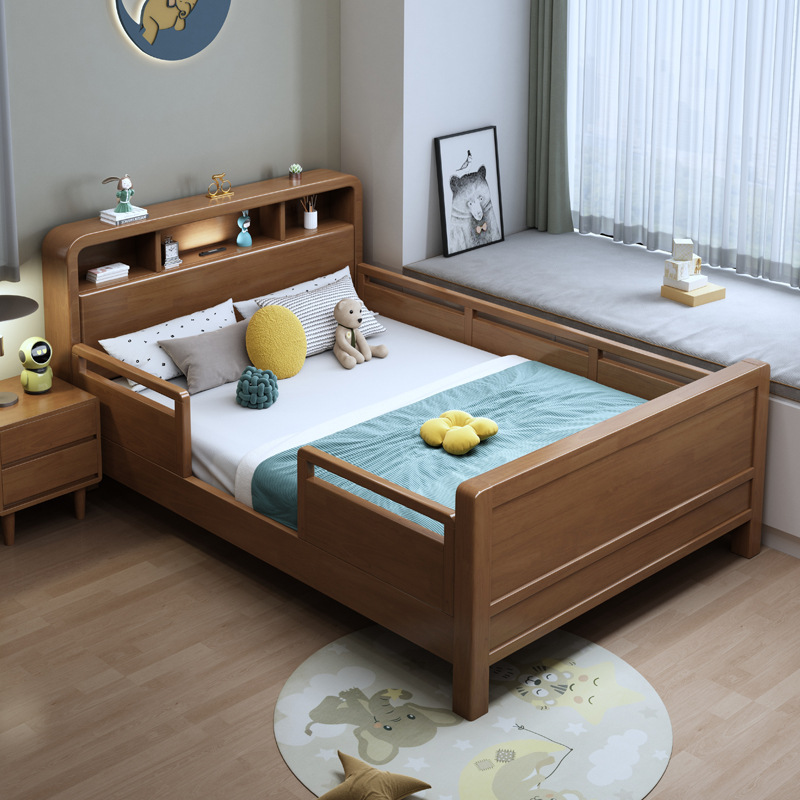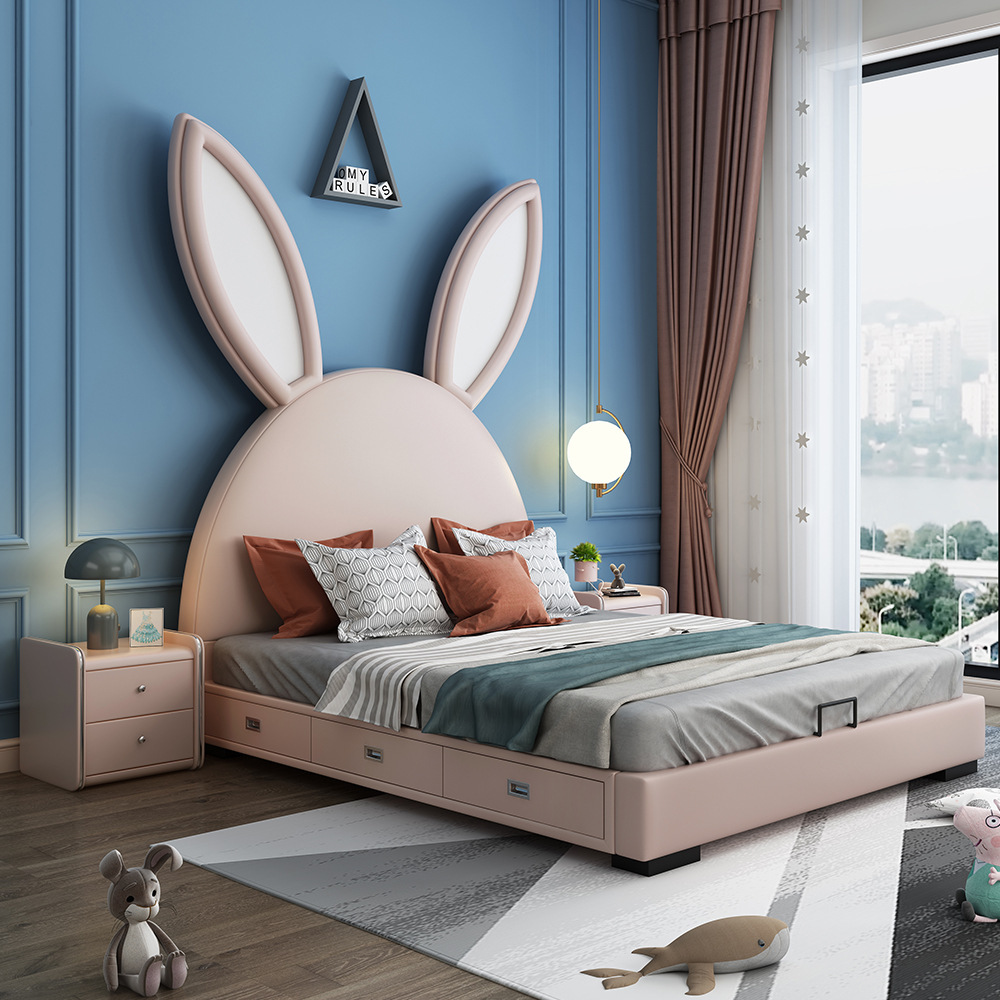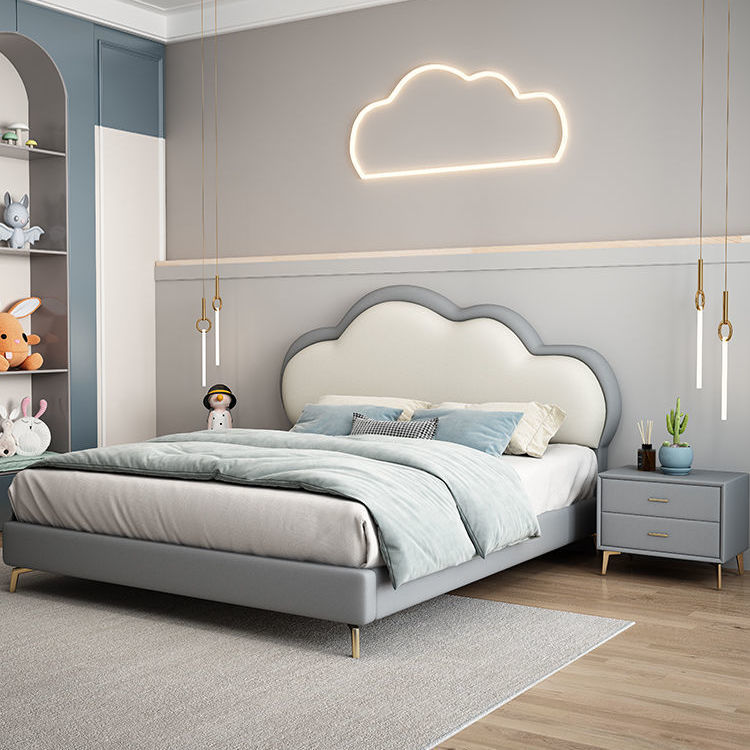Home e-commerce: the new territory of innovative shopping experience
In today's digital era, home e-commerce is gradually becoming a new territory for consumers to buy home products. It not only provides people with a convenient way to shop, but also brings a new shopping experience through innovative technologies and services.
Home e-commerce breaks the time and space restrictions of traditional shopping. Consumers no longer need to spend a lot of time going to physical stores to pick up goods, but can easily browse and buy a variety of household items at home through their mobile phones or computers. This convenience not only saves time and effort, but also provides consumers with a wider range of choices, enabling them to more easily find products that match their needs and preferences.
In addition, home e-commerce also brings consumers an immersive shopping experience through virtual reality and augmented reality technology. Consumers can simulate the real home environment through mobile phones or computers, and place the desired products virtually in their own homes, so as to better understand the appearance and collocation effect of the products. This innovative way of shopping not only increases the interest of shopping, but also improves the accuracy of consumers' purchasing decisions.
In order to meet consumers' needs for personalization, the home e-commerce platform also provides customized services. Consumers can customize the color, size and style of furniture, curtains, carpets and other products according to their preferences and space requirements. This personalized service enables consumers to have one-of-a-kind home products that meet their pursuit of uniqueness and personalization.
Home e-commerce also focuses on user experience and after-sales service. Through online customer service, product reviews and return and exchange policies, consumers can get timely help and support, increasing the satisfaction and trust of shopping. At the same time, the home e-commerce platform also provides consumers with personalized recommendations and services through big data analysis and artificial intelligence technology, further enhancing the user experience.
However, home e-commerce is also facing some challenges, such as the control of product quality, the timeliness of logistics distribution and the quality of after-sales service. Therefore, home e-commerce enterprises need to continuously improve their quality and service level, and strengthen cooperation with supply chain and logistics enterprises to ensure that consumers can obtain high-quality products and satisfactory shopping experience.
Overall, home e-commerce, as a new territory for innovative shopping experiences, provides consumers with convenient, fun and personalized shopping methods. With the continuous progress of technology and the changing needs of consumers, home e-commerce is expected to continue to innovate and develop, bringing more convenience and beauty to people's home life.
In the global economic environment, the furniture market is experiencing great changes and development. With the improvement of people's living standards, the demand for furniture is also growing, at the same time, the progress of technology and the innovation of design concepts are also promoting the development of the furniture market.
At present, the global furniture market has shown some obvious development dynamics. First of all, the increase in environmental awareness has made consumers more and more concerned about green and sustainable furniture products. Furniture manufacturers have begun to use environmentally friendly materials, such as recycled wood and natural fibers, and pay attention to energy conservation and emission reduction in the production process to meet consumer requirements for environmental protection.
Secondly, intelligent furniture has become a new trend in the market. With the continuous progress of science and technology, the concept of smart home is gradually popularized, and people have higher expectations for the function and convenience of furniture. For example, smart mattresses can be adjusted according to an individual's sleeping habits, and smart wardrobes can provide clothing management and matching suggestions. These intelligent products bring consumers a more comfortable and convenient life experience.
In addition, design innovation also plays an important role in the furniture market. Modern consumers pay more attention to the appearance design and personalization of furniture, and they pursue unique and fashionable products. Therefore, furniture designers are constantly innovating, combining different styles and elements to create eye-catching design works.
In terms of market competition, brand building and channel expansion have become the focus of furniture enterprises. Consumers' awareness and trust of a brand play a key role in purchasing decisions. Therefore, furniture companies have increased the intensity of brand promotion, through advertising, participation in exhibitions and other ways to enhance brand awareness. At the same time, the development of online sales channels has also brought new opportunities to the furniture market, and consumers can easily buy various furniture products through the Internet.
In addition, the regional differences in the global furniture market are also more obvious. Different cultures, lifestyles and consumption habits in different regions have different needs for furniture. Some regions prefer traditional style furniture, while others prefer modern, minimalist designs. Therefore, furniture companies need to carry out accurate positioning and product development according to the market characteristics of different regions.
Overall, the development dynamics of the global furniture market show a trend of environmental protection, intelligence, design innovation and branding. Furniture enterprises need to constantly follow up the industry dynamics and meet the needs of consumers in order to stand out in the fierce market competition. At the same time, paying attention to geographical differences and expanding sales channels are also key factors for the success of enterprises. In the future, with the continuous improvement of people's requirements for quality of life, the furniture market is expected to continue to maintain stable growth.
In today's globalized economic environment, the furniture industry is facing great opportunities and challenges. In order to succeed in the international market, furniture companies need to develop a smart strategy to go to sea. This article will explore the key strategies of the furniture industry to expand the global market.
First of all, furniture companies need to have a deep understanding of the needs and trends of the target market. Consumers in different countries and regions have different preferences for the style, material and size of furniture. Through market research and analysis, enterprises can better understand the characteristics of the target market, so as to design and produce products that meet the needs of local consumers. In addition, paying attention to local consumer trends can also help companies adjust their product lines in time to adapt to changes in the market.
Secondly, establishing a strong brand image is an important strategy for the furniture industry to go to sea. In the competitive international market, brand is the key to differentiate an enterprise from its competitors. Through effective brand promotion and publicity, enterprises can improve brand awareness and reputation and attract more consumers. In addition, focusing on product quality and design innovation, providing quality customer service, is also an important aspect of shaping the brand image.
In addition, establishing a localized sales and distribution network is the key to successfully expanding the global market. Cooperating with local distributors, retailers, or setting up branches in the target market can better understand the sales channels and customer needs in the local market, and provide timely after-sales service. At the same time, enterprises also need to consider logistics and warehousing issues to ensure that products can be delivered to consumers in a timely and efficient manner.
In addition to the above points, furniture companies can also enhance their international influence and competitiveness by participating in international furniture exhibitions and cooperating with overseas designers. At the same time, the use of the Internet and e-commerce platforms to expand online sales channels can also help enterprises reach a wider group of consumers.
In short, the furniture industry to expand the global market needs to consider market demand, brand building, sales channels and other factors. By developing a suitable strategy to go to sea, furniture companies can achieve greater success in the international market. Of course, this is a long-term process that requires continuous effort and innovation.


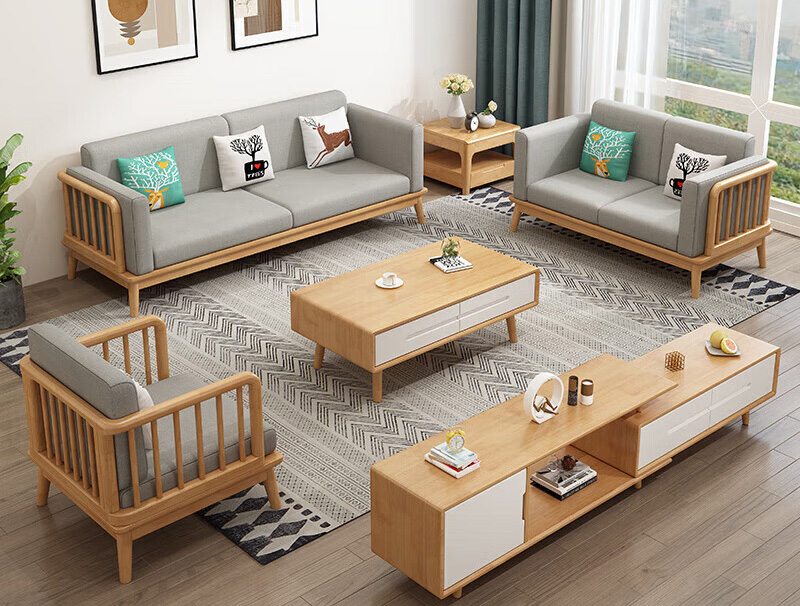
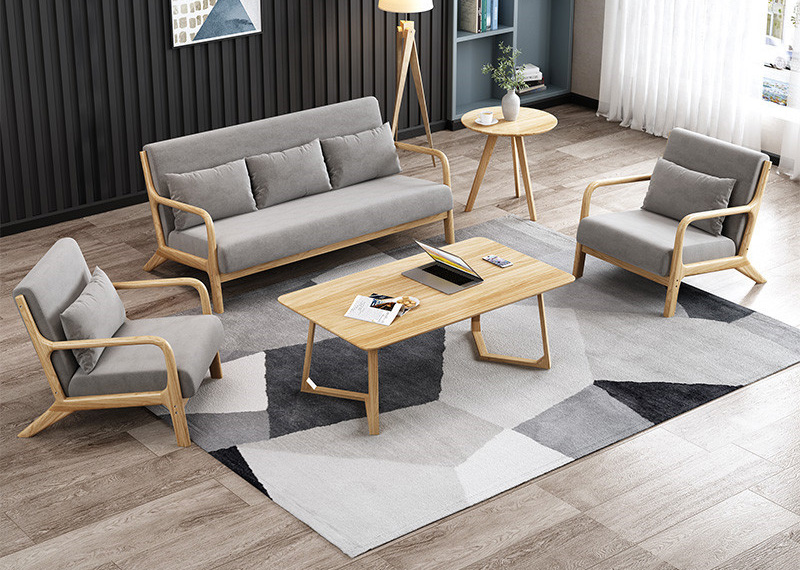
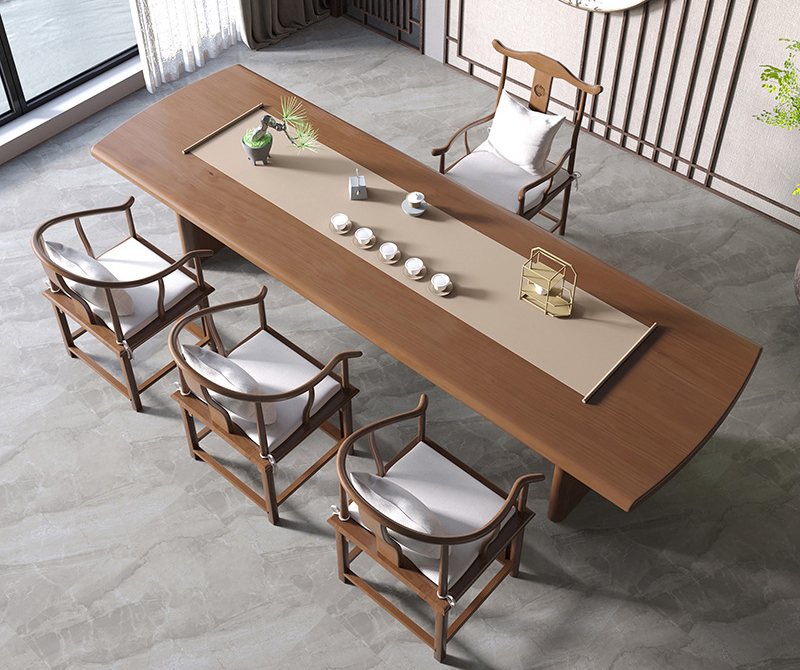





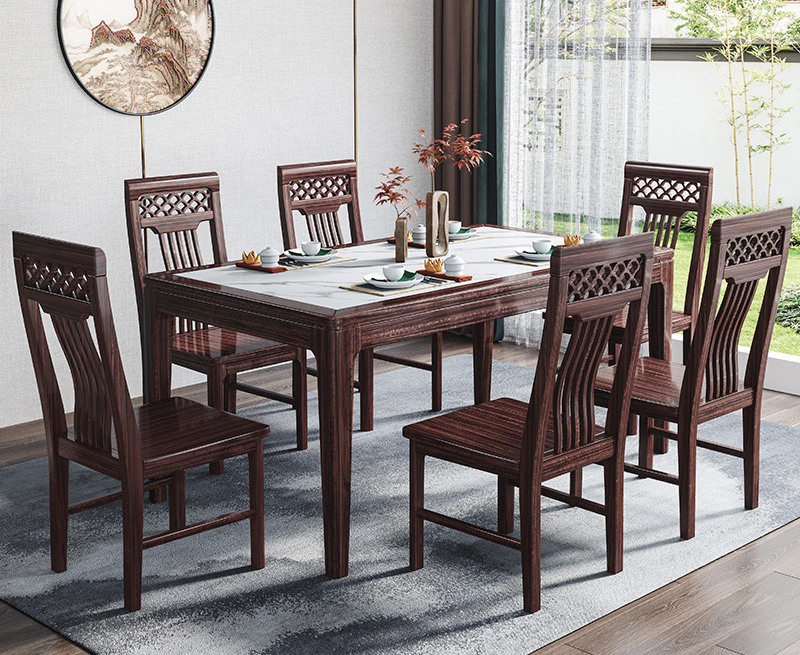





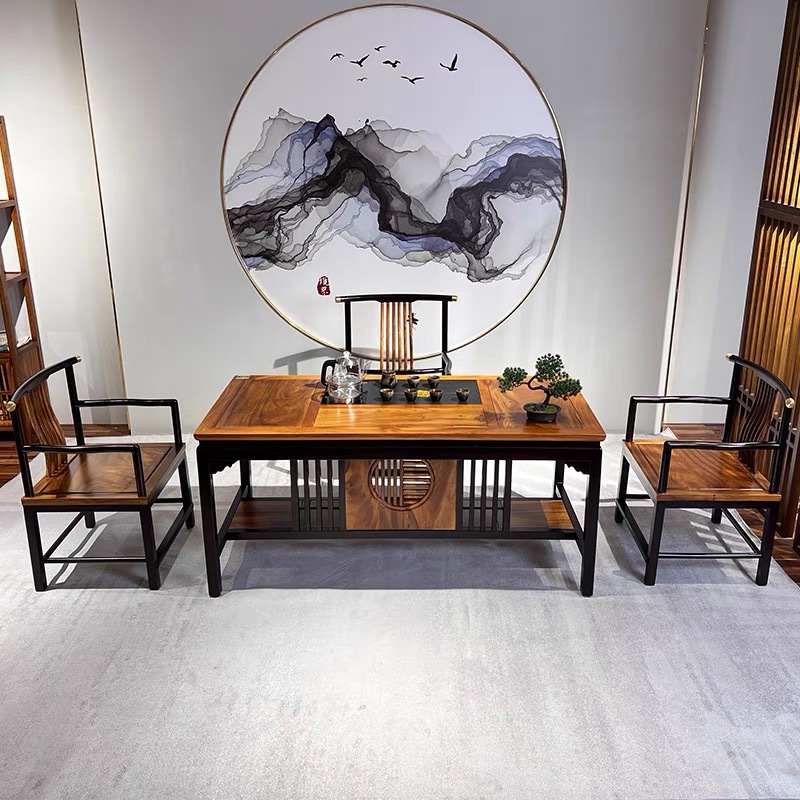



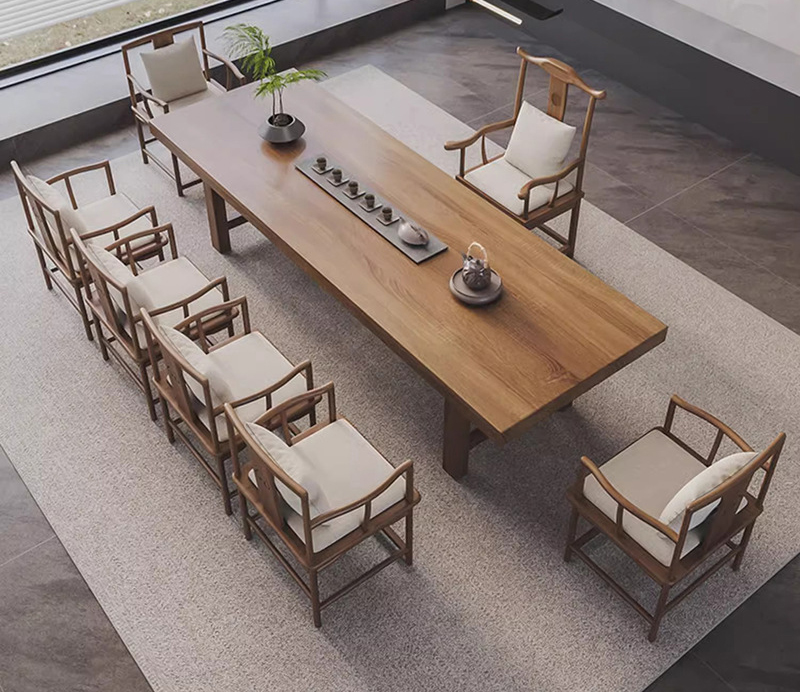
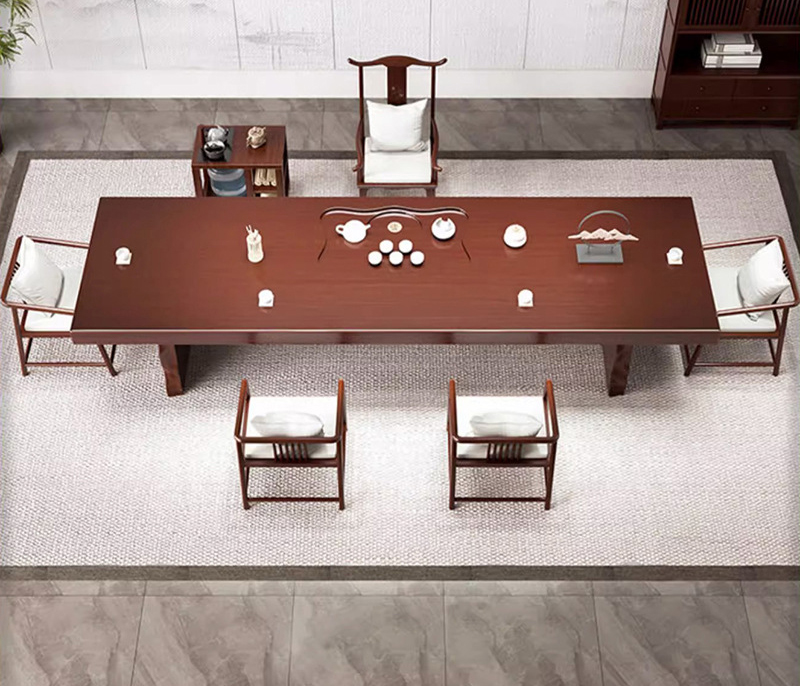








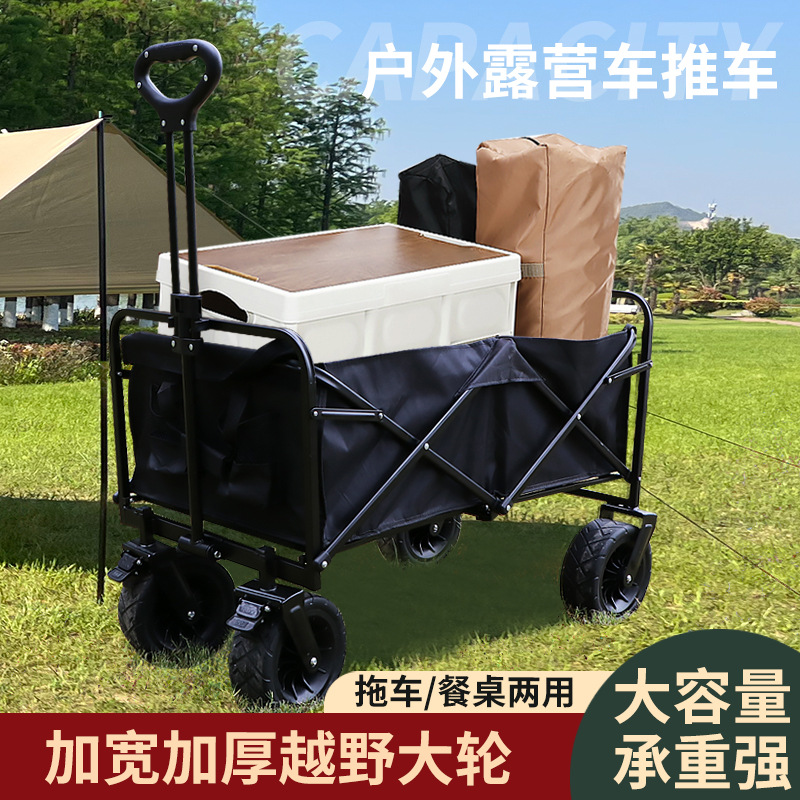


![[Fashion choice, new office fashion] -- network celebrity boss table [Fashion choice, new office fashion] -- network celebrity boss table](/upload/news/2024-01/65b30849d1bf3.jpg)
